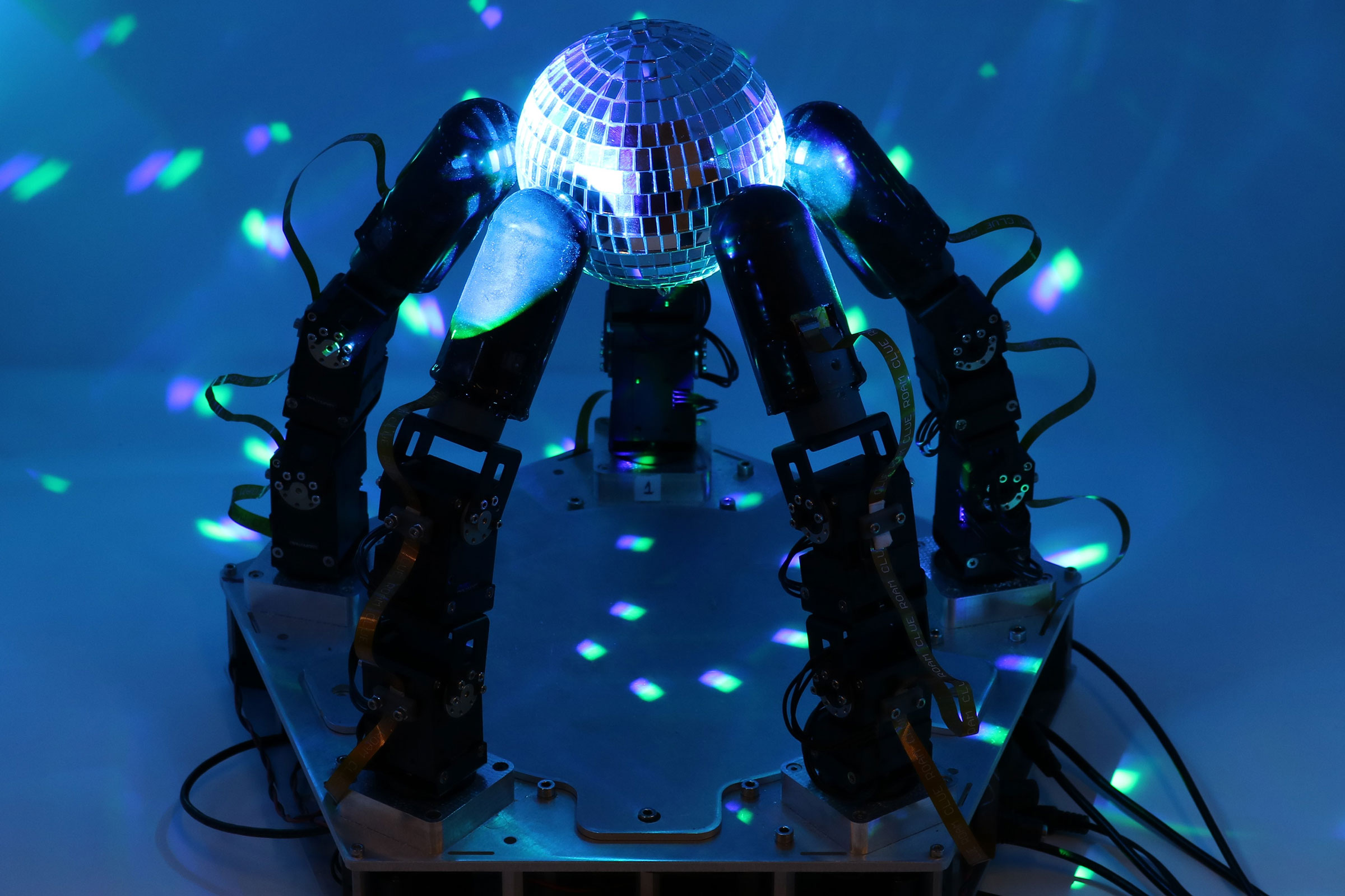These are independent reviews of the products mentioned, but TIME receives a commission when purchases are made through affiliate links at no additional cost to the purchaser.
Robots have revolutionized large parts of our lives—but they sweat the small stuff. Ask a bot to handle an item like a tennis ball or TV remote, and it struggles with dexterity. Researchers at Columbia University, led by associate professor Matei Ciocarlie, are addressing that issue. They’ve created a robotic hand that, in addition to 15 independently actuating joints, has sensitive touch sensors at the end of its “fingers.” An AI learning algorithm takes in touch data and analyzes how the object is likely to move in the hand’s grip, before sending signals to the joints to move. “You bring all of these things together, and that’s how you get a really dexterous robot hand,” says Ciocarlie.
More Must-Reads from TIME
- Donald Trump Is TIME's 2024 Person of the Year
- Why We Chose Trump as Person of the Year
- Is Intermittent Fasting Good or Bad for You?
- The 100 Must-Read Books of 2024
- The 20 Best Christmas TV Episodes
- Column: If Optimism Feels Ridiculous Now, Try Hope
- The Future of Climate Action Is Trade Policy
- Merle Bombardieri Is Helping People Make the Baby Decision
